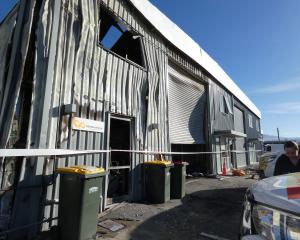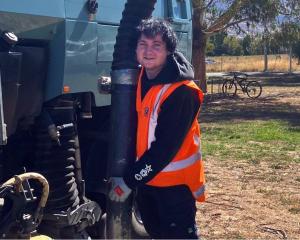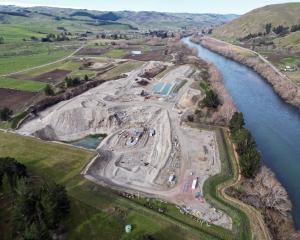Dr Bodeker has received $785,000 from the Marsden Fund for a three-year project studying the stratosphere using data from the giant balloons.
So far, more than 175 of the long-lasting balloons have been launched from Lake Tekapo.
Project Loon is designed to provide internet access to remote locations and back up the network by bringing people back online after disasters.
The balloons travel twice as high as aeroplanes and already carried a small ''gondola'' at their base which collected data on their latitude, longitude, altitude, air pressure and temperature at regular intervals - all valuable information for people studying the stratosphere.
''This way, the scientific community can work with Google, who are very supportive, and some cool, ground-breaking science gets done,'' Dr Bodeker said yesterday from his Alexandra base.
The grant will pay the wages of two full-time and two part-time staff, including himself.
The contract is the biggest one his business, Bodeker Scientific, has attracted since it was set up in 2009.
Some of the balloons have circumnavigated the globe more than three times after being launched and flights have lasted up to 115 days.
''The information they provide about the stratosphere is gold to us,'' Dr Bodeker said.
The research would add to the fundamental understanding of stratosphere dynamics and its role in climate change.
Weather balloons were made of less robust material and were designed to go up and burst and then descend, not to stay aloft long-term and be transported by the wind, like the Google ones.
The Google balloons travelled further and lasted longer, making them better for research.
Changes to the stratosphere could affect weather and climate.
The location information collected by the balloons would be built up into a database to be analysed and then scientific papers would be published on the subject.
High-altitude balloons were a proven way to study the stratosphere but campaigns were usually expensive.
In this case, the product was already launched for another purpose, so it was lucky Google was prepared to let the scientific community ''hitch-hike'', such as by accessing balloon location data.
The Marsden Fund was set up by the Government in 1994 to finance ''excellent fundamental research'' and the contestable fund is administered by the Royal Society of New Zealand .












